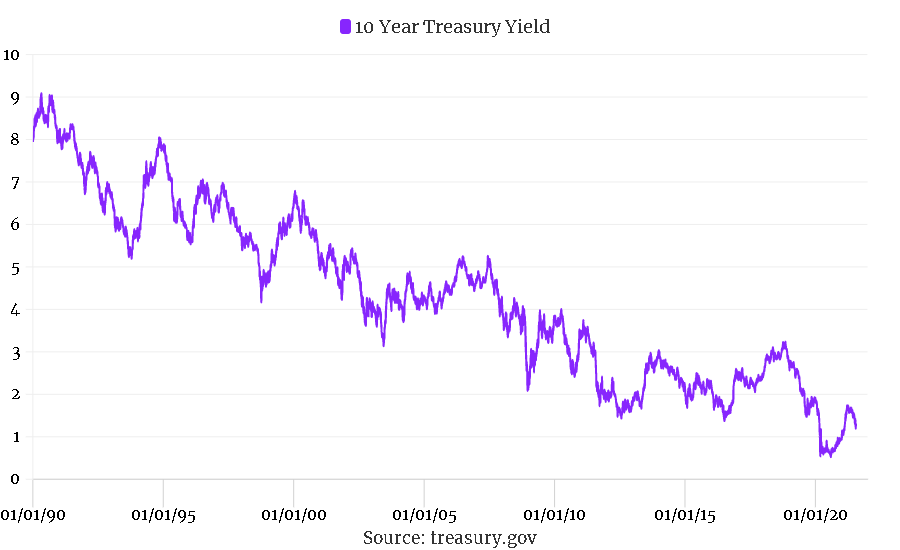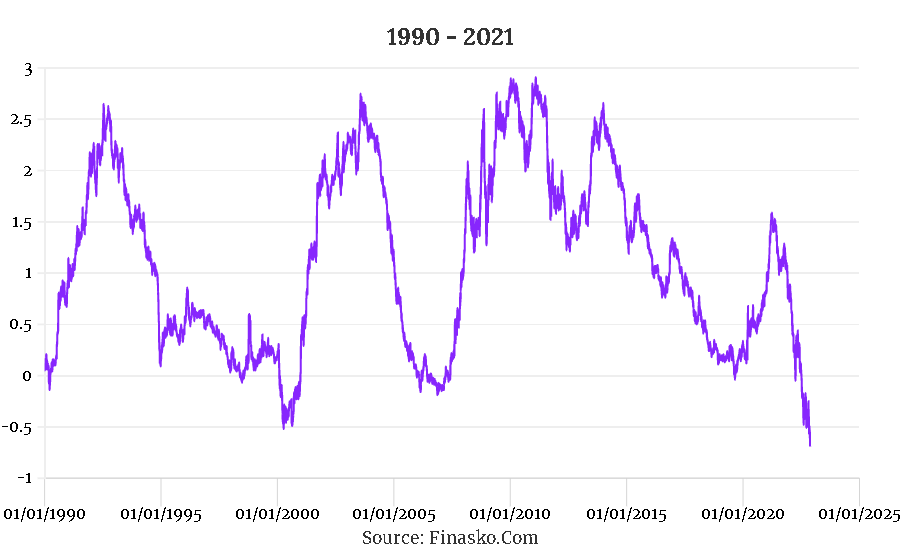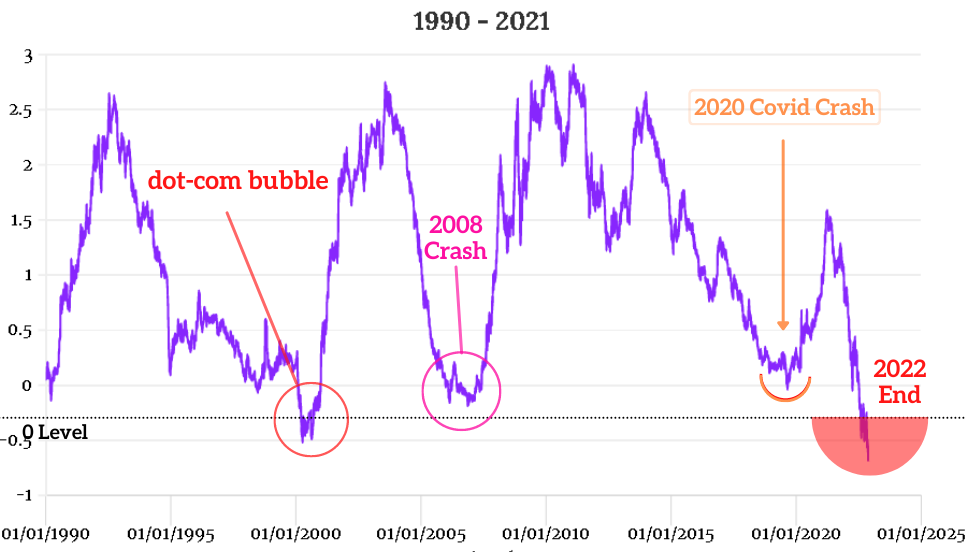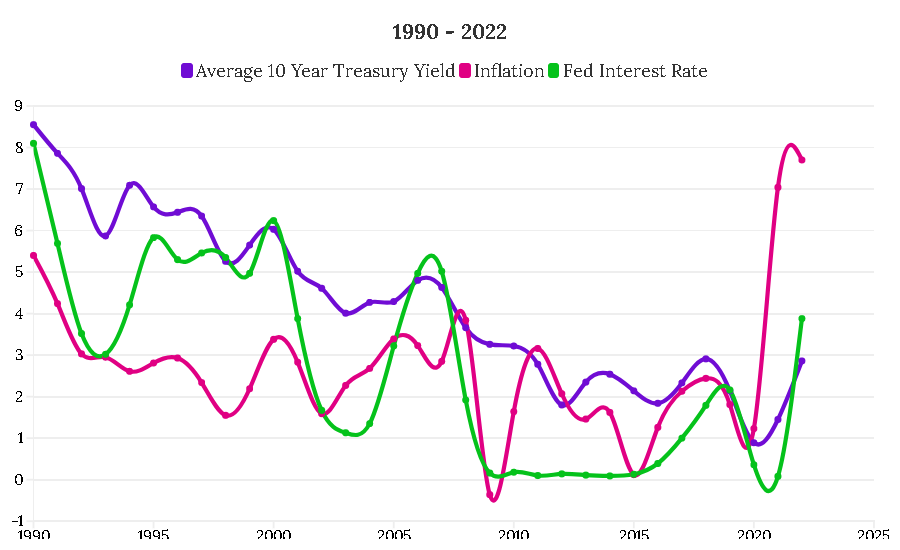U.S. 10-Year Treasury Yield

What is 10-Year Treasury Note?
The 10-Year Treasury Yield (^TNX) is the U.S Government Bond with a maturity of 10 years and provides a guaranteed fixed interest rate (once every half year) on a borrowed debt obligation. These are issued with a face value at the auction or in the secondary markets to the highest bidder.
The Treasury yield or securities are available with different maturity periods, like one month to 30 years. The shortest treasury issued by the Government is T-Bill, which is 1-year or less, where T-Note is 10-years or less, and Treasury Bonds length is 20 to 30 years.
These bonds are highly secure backed by the full faith and credit of the United States Government. Also, the interest is exempt from state and local taxes, thus making it an ideal choice for investors in higher tax brackets.
How It Works?
Let's take an example - Suppose Government needs a fund, and they issue a 10-yr Treasury note with a face value of $10,000 and 2% annual Interest rate (Bond Coupons).
It means for the next 10-years, investor will get a fixed return of $100 ($10000x2% / 2) every 6-months, and after maturity, you will be paid a face value of $10000.
According to this the total return of 10-yr bond yield is 20% [(200*10) / 10000] *100
But there are many reasons where the interest rate does not remain same and buying price is different from face value.
For that you have to understand how to calculate Treasury yield --->
Understand -->
How to Calculate Treasury Yield?
The treasury securities are determined by demand & supply with this formulas -

High Demand & Low Supply - If bond investments are attractive then a high amount of demand will then increase the market price of Treasuries. This results in a premium over par or face value, which in turn lowers yield since bonds are repaid at maturity with only their face value.

First Example - 10 year treasury yield with 2% Interest for $10,400.
Treasury Yield = [$200 + (($10,000 - $10,400) / 10)] ÷ [($10,000 + $10,400)/2] = 1.568%
Low Demand & High Supply - On the other hand, when bond demand is low, investors are only willing to pay below price from face value. That means they can buy at a discount, and this situation increases the yield since bonds are repaid at maturity with their face value.

Second Example - 10 year treasury yield with 2% Interest for $9,700.
Treasury Yield = [$200 + (($10,000 - $9,700) / 10)] ÷ [($10,000 + $9,700)/2] = 2.335%
10-Year Treasury Note History (1990-2022)
The below chart shows, how the bond yields (^TNX) are falling dramatically in the past 3-decades.

Source: treasury.gov
10-2 Year Treasury Yield Spread
Basically 10-2 treasury yield spread is the difference between the Federal Reserve System short term borrowing rate and the long term treasury notes.
The spread is an excellent early-warning indicator for an upcoming recession. That is because the spread between the 2-years and 10-years indicates inflation expectations. When inflation expectations fall sharply (as you can see in the 2nd chart below), it’s usually a sign of future negative GDP growth in the United States.
10-2 Year Treasury Yield Spread Chart

10-2 Year Treasury Spread and Market Crash

Check - S&P 500 Chart
Inflation vs 10-Yr Bond Yield vs Fed Interest Rate
When Inflation rises, your wages and savings decline in value, that's because the purchasing power of money falls. To control this the Federal Reserve System increases the short-term funds' rate, which is the interest rate that commercial banks charge each other on overnight loans.
The fed interest rate not only influences the cost of business, home, and auto loans but also affects bond yield.

Should You Invest in Treasury Bonds?
Well, this is a great investment instrument for those who want to invest safely & diversified. But on the other hand, two circumstances are not good for investors - First is the low return, and the second is the fed rate effect.
So it depends on your risk-reward profile. If you think that's good for you can go to treasurydirect.gov and buy bonds directly.
Or you can also go with Top 10-Year Treasury Bond ETFs -
- iShares 7-10 Year Treasury Bond ETF
- iShares 1-3 Year Treasury Bond ETF
- iShares 20+ Year Treasury Bond ETF
- iShares U.S. Treasury Bond ETF
- iShares Short Treasury Bond ETF
- Vanguard Short-Term Treasury ETF
Check - How to Buy S&P 500 ETF
Disclaimer - All the information is given only for education purposes, it should not be treated as investment advice.
